Mindfulness-Based Relapse Prevention

The treatment protocol targets the very roots of addictive behavior.
by Carolyn Gregoire
Originally published on November 18, 2015 on The Huffington Post
A new wave of research on meditation shows that mindfulness-based treatments can effectively treat everything from depression to autoimmune disease to post-traumatic stress order.
But mindfulness can also help the nearly 24 million Americans struggling with drug and alcohol addiction to find lasting recovery, according to some experts.
Research on Mindfulness-Based Relapse Prevention (MBRP), an eight-week program developed at the University of Washington, offers hope even for addictions with the lowest recovery rates, such as opiate and crack cocaine addiction.
Modeled after Mindfulness-Based Cognitive Therapy (MBCT) for depression and mindfulness-based stress reduction, MBRP tackles the very roots of addictive behavior by targeting two of the main predictors of relapse: negative emotions and cravings. Treatment centers, prisons and Veterans Affairs centers across the country have implemented the program.
While the treatment is still relatively young and more research is needed to determine its long-term efficacy for various types of substance abuse, the results so far look promising. Compared to people in traditional 12-step relapse prevention programs, those in MBRP programs for substance use and heavy drinking experienced a significantly lower risk of relapse, a 2014 study published in JAMA Psychiatry found. Even people who did relapse reported significantly fewer days of substance use and heavy drinking at six-month and one-year follow-ups.
There’s reason to believe that these benefits can be seen on the neurological level, too, as research has shown that mindfulness training affects areas of the brain associated with craving, negative affect, and relapse.

Dr. Sarah Bowen
HuffPost Science chatted with one of MBRP’s creators, Dr. Sarah Bowen, a clinical psychologist at Pacific University in Oregon, about how mindfulness works to short-circuit addictive behaviors and why researchers are optimistic about MBRP’s potential to change the landscape of addiction recovery. Here’s what we learned.
Dr. Sarah Bowen told HuffPost that mindfulness-based relapse prevention is a “radical” treatment for drug and alcohol addiction.
What is an MBRP program like for patients?
In developing the program, we used Zindel Segal’s work on mindfulness-based cognitive therapy for depression as an exemplar, so MBRP has elements of both cognitive behavioral therapy and meditation.
In each session, there’s a meditation practice as well as a practice with different cognitive and behavioral skills – for example, noticing what kind of problematic thoughts might arise, and actually writing them down and becoming familiar with them. It’s about practicing very applied skills for day-to-day living.
MBRP is group-based, with 8-15 people meeting for two hours weekly over the course of eight weeks. Originally, it was created as an aftercare treatment for those in recovery. Patients have gone through some kind of initial treatment so that their system is clear of drugs. They’ve been through that detox and stabilization — and now what? Well, now they have the rest of their lives to try to live differently. That’s where this program comes in.
How does the program borrow from the protocol of MBCT?
It borrows from MBCT in the eight-week structure, and also in the way that it’s secularized mindfulness to make it more accessible. It’s not about becoming a Buddhist, it’s about learning these ways of training our mind and changing processes that are problematic.
But the processes that we’re targeting are different. In MBCT, there’s a lot of focus on the ruminative thought patterns and cycles that can lead to depression relapse. In MBRP, we work much more on reactive, impulsive sorts of behaviors. We’re paying attention to the experiences of craving and how, for so many people, that can automatically lead to an impulsive behavior. There’s also more of a focus on the physical aspects of craving.
How does mindfulness get to the roots of addiction?
There’s a shift in the individual’s relationship to discomfort. Let’s say someone is feeling depressed, or sad, lonely or bored – something that tends to trigger craving and then substance use. These practices are teaching people to notice that arising, and to relate to that differently.
So, there seems to be a shift between the experience of emotional discomfort and having that almost automatically lead to substance use. We’re seeing a reduction in craving, and also a reduction in the tendency to reach for something in order to feel better.
Additionally, from what I see and experience, it’s helping people become really aware of what’s happening in their minds. Once they see that, they have a choice and they have some freedom. We’re trying to teach people to become experts on themselves so they can see these processes unfolding and how they lead to places they don’t want to go. Then, they see the places where they can intervene. How do we become aware of how we feel, and practice sitting with things that are uncomfortable – things we feel like we can’t tolerate? In fact, we can tolerate them. We just need to practice.
Do you think this program is able to help people in a way that previous treatments haven’t?
I do. I hear that from both the clients and the clinicians who are burned out from old ways and old models of addiction.
There’s a tremendous amount of trust and respect in this program. I think where it’s really different is that we’re looking at the human condition and what it means to be human, much more than simply asking, “How are you going to not use drugs again?” That’s where it’s a radical shift. We’re all sitting in the same circle, we’re all swimming around in the same human mess, and we’re all struggling with things – whether or not we’re addicts. Maybe one person has particular tendencies that are manifesting in addiction, and another person can have the same basic makeup but their problem is different. It could be working too much or eating too much.
So the approach is, “Hey, we’re all human, it’s really hard to be human, and we’re doing our best.” Sometimes we don’t know how to make ourselves happy, but we’re all trying.
It’s coming from a very positive place – as Jon Kabat-Zinn says, “There’s much more right with you than wrong with you.”
It’s not really about not doing drugs – it’s about what it means to be human and how we can live our lives a little more skillfully.
Taking on that perspective seems like a nice way to help lessen the stigma of addiction, too.
Yes. And on that note, we’ve really started working with kindness practices, being kind with ourselves and forgiving ourselves. It’s so important for everyone, but especially for people with addiction – there’s so much shame and resentment and guilt.
A huge piece of this work is acknowledging that we’re really doing our best, and we need to be kind to ourselves to get through it all.
Is there a patient who is particularly well-suited to a mindfulness therapy?
Anecdotally, it seems that this is particularly helpful for people who have been through these cycles repeatedly – someone who’s maybe gone through AA a number of times and continues to relapse, and needs something different and maybe a little radical in terms of how they experience themselves and their life.
Those people seem to be really ready for something different, because what they’ve done over and over isn’t working, and they seem to be very ripe for this kind of intervention. The people who seem to do really well with this and are really open to it are folks who are kind of on their knees, they’ve been through these cycles, they’ve been through treatment and they need something different.
I appreciate that you use the word “radical,” because I think a lot of people will see meditation as being perhaps not radical enough for something as intense as an opiate addiction. Why do you think this approach is radical?
What I appreciate about this approach is that I’m not trying to come in and tell someone what their experiences are and what the truth is. It’s much more, here’s a way for you to look at your own experience and tell me what you notice.
We’re learning how to be aware of what’s happening for us and to have a little flexibility and choice and freedom. Once people see that, they get that it’s not about meditating per se – it’s about learning more about myself and being on my own side.


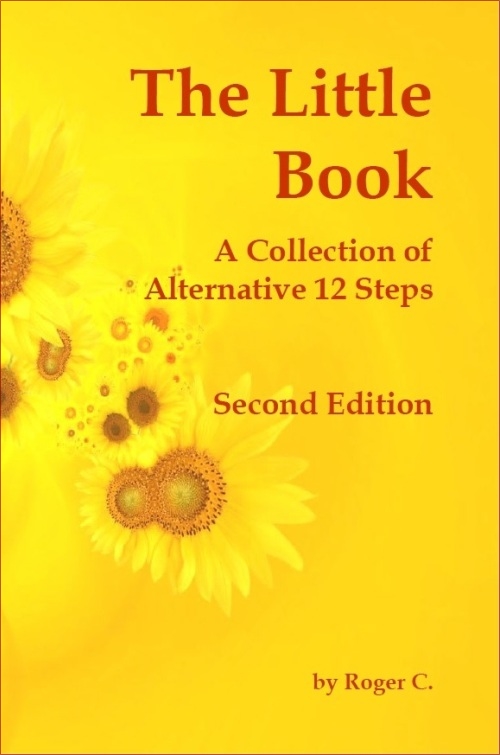
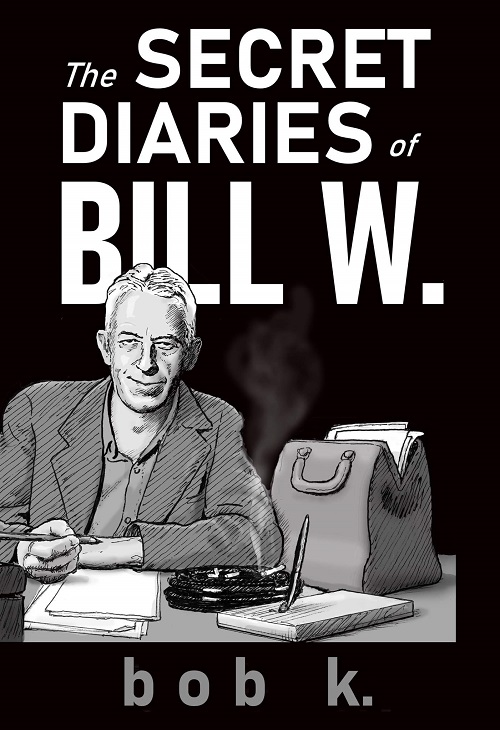
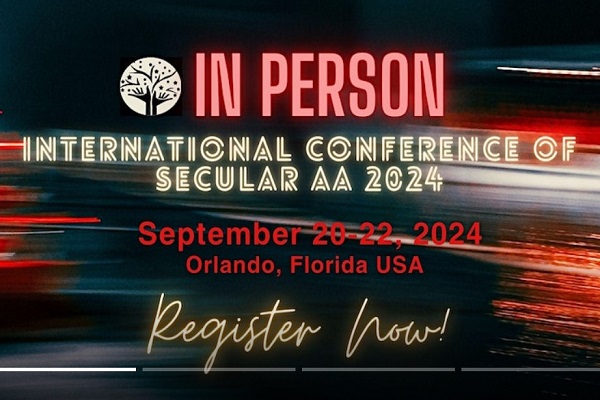


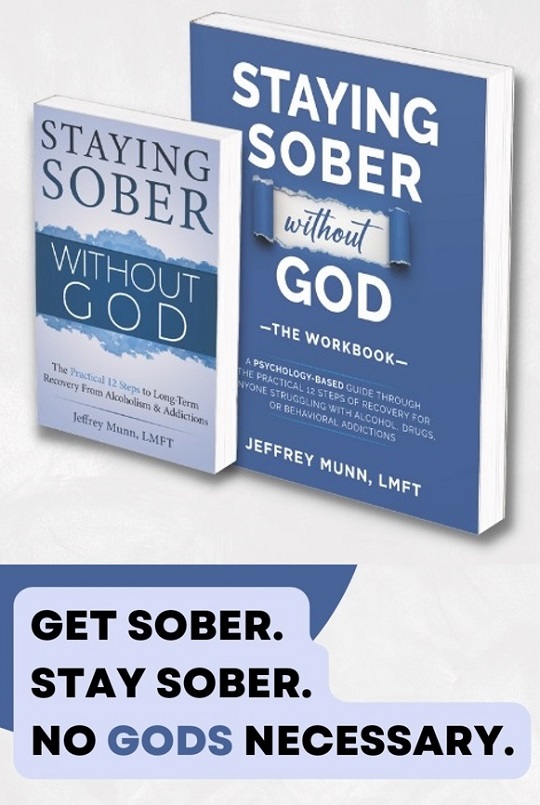
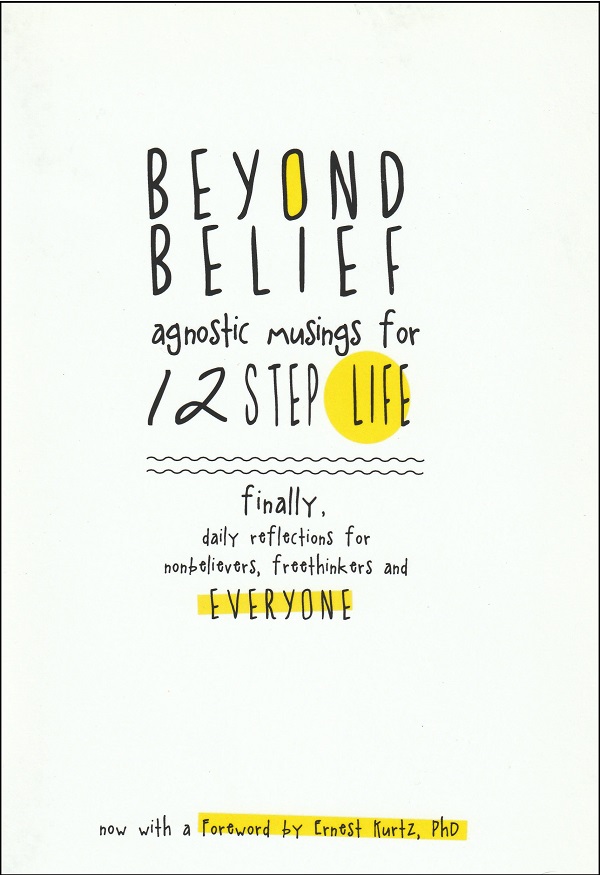


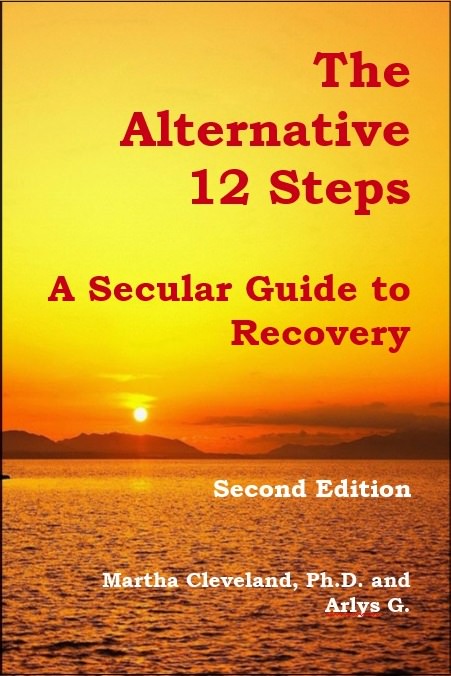



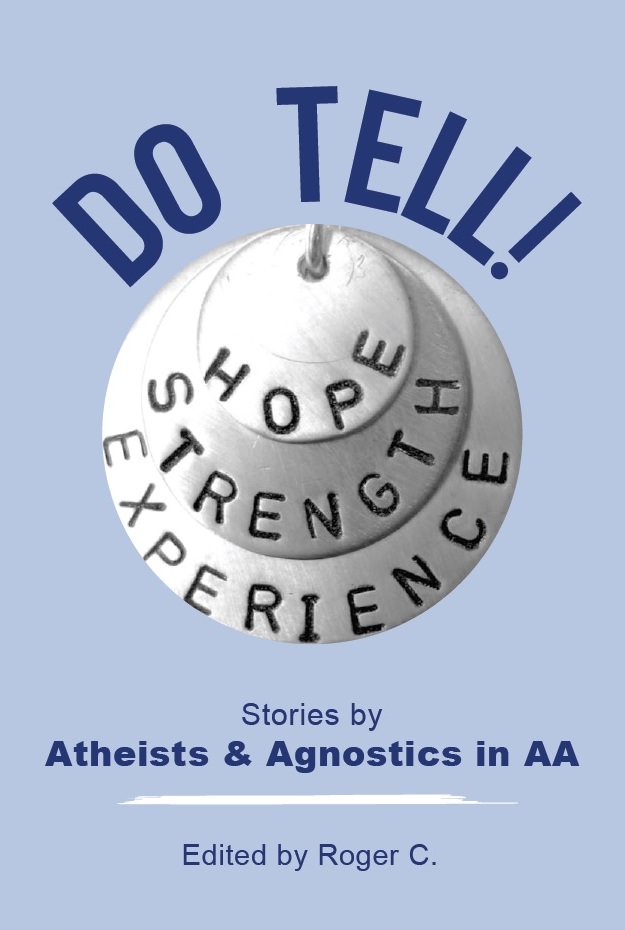

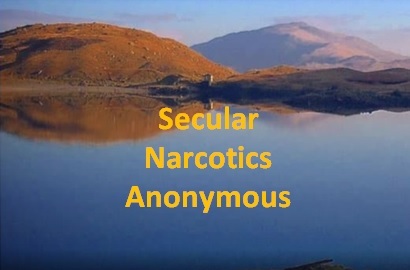

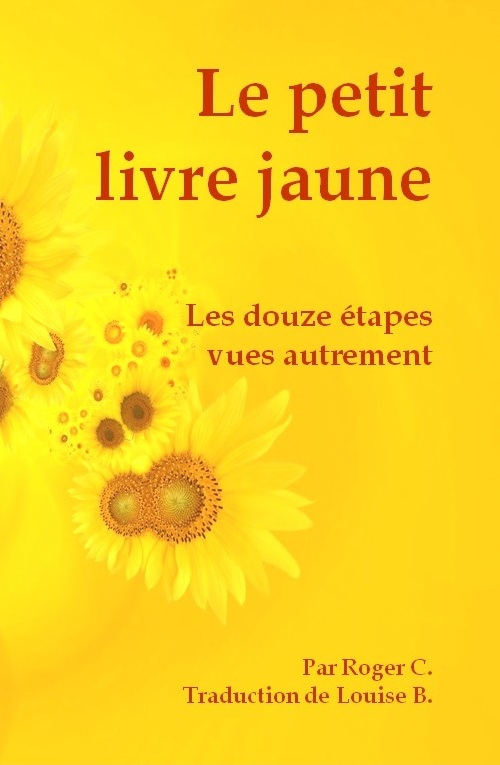

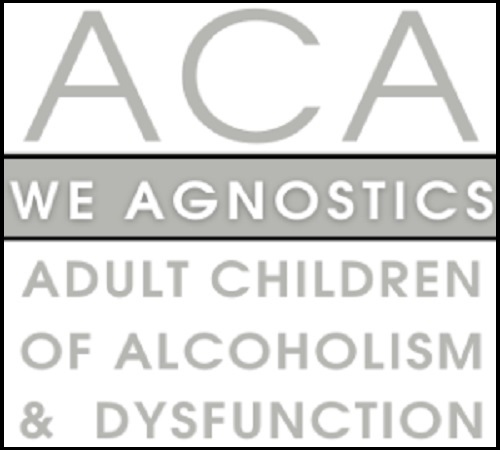



Excellent report of how mindfulness can change our relationship with our addictions.
A little over a year ago I started to get involved in meditation and mindfulness, and even took some minimal formal training from a Shambala group nearby. Within a few weeks, I found my relationship with my addiction changing rather dramatically. Even after 5 years of sobriety, there were times of white-knuckle craving. AA meetings weren’t getting to whatever the cause of that was. I was “burning out” with the old model, just as the article describes.
It is difficult to describe how meditation has changed my perception of craving, for it is quiet and subtle. But the change is dramatic. This article gives some insight into what is going on and how it works. For me mindfulness is a now a very powerful piece of not only my sobriety, but my life in general – and I am only a novice to the practice (and not a very dedicated one). This article will spur me on to find more cushion time.
It is interesting that meditating with a Shambala group has always reminded me very much of some AA meetings, even though they are completely different. I think the article nails it with “We’re all sitting in the same circle, we’re all swimming around in the same human mess, and we’re all struggling with things – whether or not we’re addicts.”
Hi Chris: Meditation has helped me too, in my recovery. While I have never had any trouble with any approach to meditation – I have been to a variety of meetings in both Hamilton and Toronto – I just bought the very new book below and I am quite enjoying it. I thought you might like it too.
Roger,
Thanks for mentioning “Secular Meditation”‘ I just picked up a copy tonight and started reading it. Fascinating book, exactly what I have been looking for.
Indeed, Roger, a wonderful article which deepens the “Big Tent” of secular recovery in AA.
For years I pretended I meditated, even led workshops as a professional in the field of addiction on the value of meditation but I didn’t really meditate consistently. With the marvelous app Insight Timer, which you turned me on to in the summer of 2014, I’ve been consistently meditating. Viola — It does indeed work if you work it !~!~!
Another favorite book I’ve read about the benefits of meditation is by renown atheist Sam Harris, Waking Up: A Guide To Spirituality . . .
Insight Timer – a great App!
The eleventh step of AA is probably the toughest step to get a handle on because in an attempt to please everybody it just muddies the water. Bill coupled meditation with prayer which I think are contradictory concepts. Now I am biased because I totally get meditation but think prayer is silly. If I got to beg for anything it ain’t worth getting, however, the peace, freedom and (yeah I’ll say it) genius, realized in forty minutes of not thinking cannot be described until one does it. Half of the steps are dysfunctional nonsense and I didn’t fully realize it until I started to meditate about 10 years ago. And yes you have to do it consistently, there’s no meditation savings account.
Mindfulness has been shown to enhance self-insight, morality, intuition and fear modulation, all functions associated with the brain’s middle frontal lobe area.